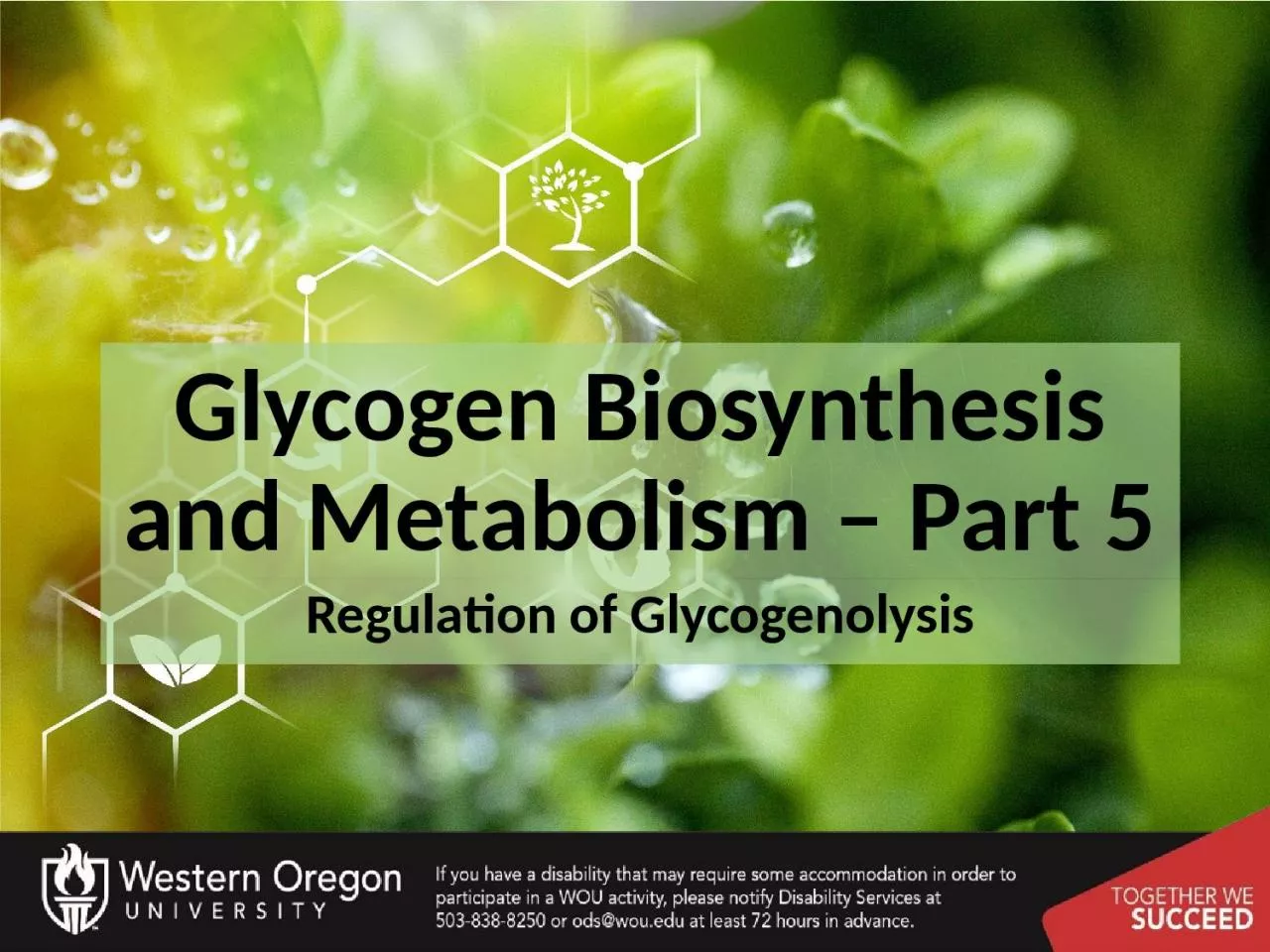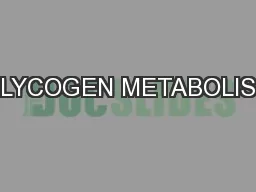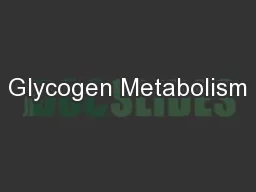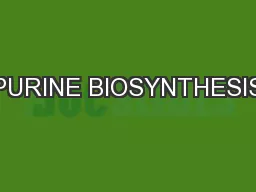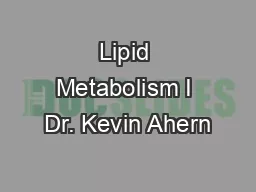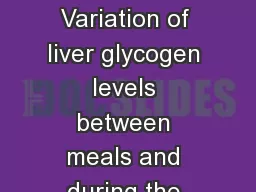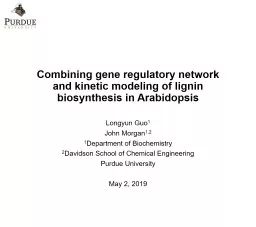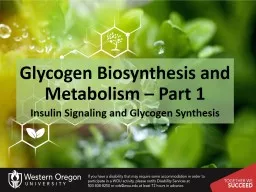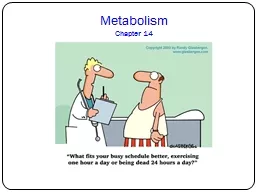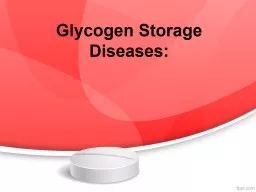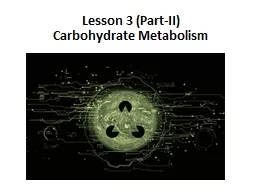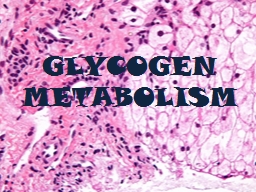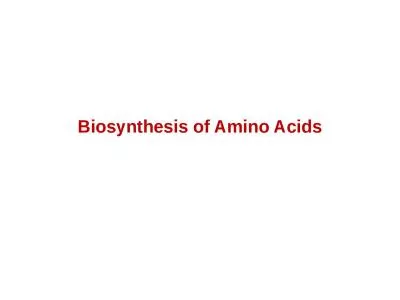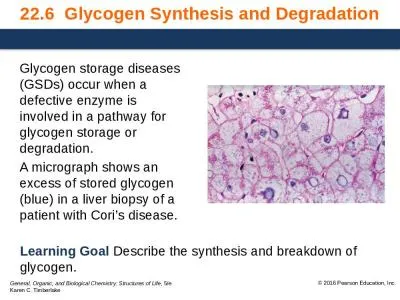PPT-Glycogen Biosynthesis and Metabolism – Part 5
Author : arya | Published Date : 2022-06-20
Regulation of Glycogenolysis Figure modified from Yan A et al 2016 In J Biol Sci 121215441554 and Servier Medical Art GDP cAMP Protein Kinase A PKA PKA Regulation
Presentation Embed Code
Download Presentation
Download Presentation The PPT/PDF document "Glycogen Biosynthesis and Metabolism –..." is the property of its rightful owner. Permission is granted to download and print the materials on this website for personal, non-commercial use only, and to display it on your personal computer provided you do not modify the materials and that you retain all copyright notices contained in the materials. By downloading content from our website, you accept the terms of this agreement.
Glycogen Biosynthesis and Metabolism – Part 5: Transcript
Download Rules Of Document
"Glycogen Biosynthesis and Metabolism – Part 5"The content belongs to its owner. You may download and print it for personal use, without modification, and keep all copyright notices. By downloading, you agree to these terms.
Related Documents

